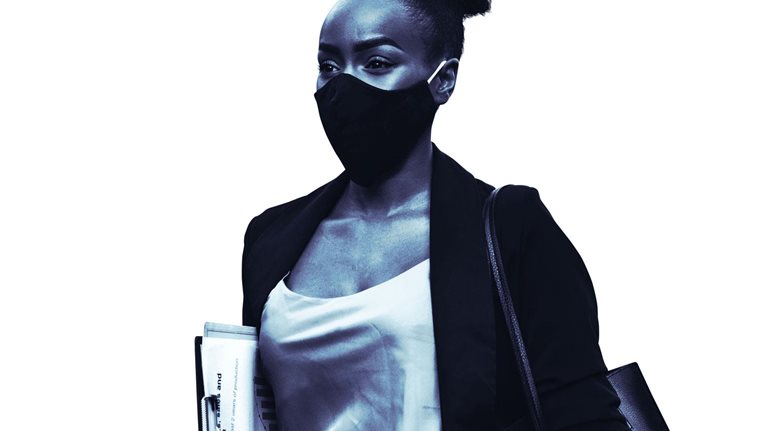At the working-group meeting, the W20 participants evaluated the effects of COVID-19 on gender equality in the workplace. Although there has been a slow trajectory towards greater gender equality in many parts of the world, this trend has been disrupted by COVID-19. Krishnan noted that the Covid pandemic has had a particularly severe effect on women’s lives and livelihoods.
She explained that this impact is partly because women are disproportionately represented in sectors hardest hit by COVID-19—such as retail, accommodation and food services. Globally, while women make up around 40 percent of the workforce, they account for as much as 54 percent of COVID-19-related job losses. In the US, for example, many women prematurely exited the labor force during the pandemic, as reported in McKinsey’s “Women in the Workplace 2021” report.
Women are having such a difficult experience that they are considering stepping out of the workforce or switching to less demanding jobs.

Seven charts that show COVID-19’s impact on women’s employment
In addition, the burden of unpaid care work has fallen disproportionately on women during the pandemic. According to McKinsey research, even before the pandemic, women worldwide shouldered three times more of this responsibility than men. During COVID-19, this disparity intensified, according to Krishnan. In India, women increased the time spent on family responsibilities by 30 percent; in the US, this trend translated to 10–15 more hours unpaid women’s work each week.
Furthermore, working women are 1.5 times more likely to worry about mental health and balancing household responsibilities than men are, according to a 2020 global DEI / COVID-19 employee-experience survey (Exhibit 1).

As ever, outdated attitudes also hold women back, with gender norms and stereotypes contributing to their worse economic outcomes. One third of respondents in a values survey across ~80 countries believe that men have more right to a job than women when jobs are scarce; more than half believe this in South Asia, the Middle East, and North Africa.
Not addressing these gender disparities could cost the world economy a trillion dollars of GDP by 2030 (Exhibit 2). However, taking steps to confront the issue now offers a pathway out of the crisis—and could add $13 trillion to global GDP by 2030, and $4.3 trillion in Asia alone. This represents an enormous opportunity.

Moving now matters … the quicker the push, the bigger the gain, and the bigger the benefit for everybody: for companies, for employers, for women, for societies, and for economies.
One of the takeaways of the W20 working-group meeting is that urgent action is required if we are to reap these benefits. Krishnan outlined how policy makers can step in now with specific actions to mitigate the COVID-19 crisis for women:
- Close gender gaps in digital and financial inclusion.
- Commit to building the “care economy” as crucial economic infrastructure.
- Target women and women-owned businesses as part of stimulus efforts.
These priorities are top of mind for the W20 working group as they move forward to the main W20 summit in July.

